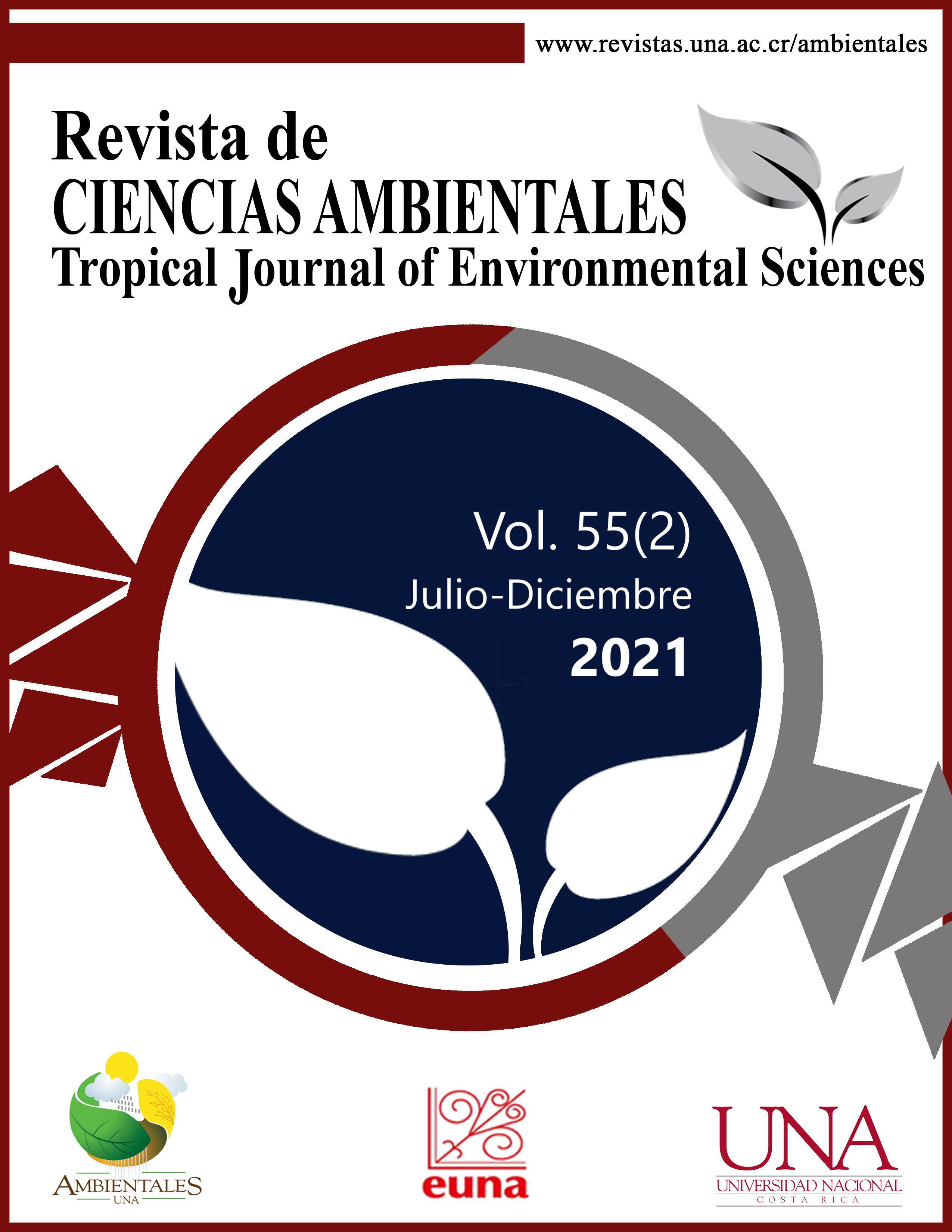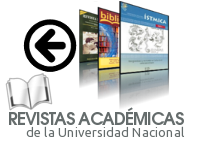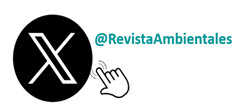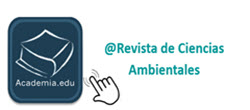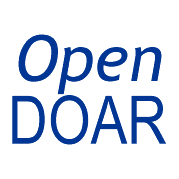Evaluation of Tropical Semi-arid Shallow Wetlands Associated with Avian Botulism
DOI:
https://doi.org/10.15359/rca.55-2.7Keywords:
eutrophic shallow lakes, stable isotopes, waterfowlAbstract
[Introduction]: Shallow wetlands are important for waterfowl; they are currently affected by climatic changes and nutrients derived from agriculture. This situation has been associated with outbreaks of avian botulism. [Objective]: Identify changes in wetlands that can lead to botulism outbreaks, and identify the source of nutrients that may contribute to a eutrophic state. [Methodology]: Evaluation of biotic characteristics (diversity of zooplankton and macroinvertebrates) and physicochemical characteristics (dissolved oxygen, temperature, total dissolved solids, and transparency) in three shallow wetlands (Silva, Coyote, and Trancas) in central Mexico, as well as evaluation of values of stable isotopes of carbon (δ13C) and nitrogen (δ15N) from organisms to detect the input of nutrients to the aquatic ecosystem. [Results]: There was a decrease in transparency, water levels, and zooplankton and invertebrate diversity at all three sites. The values of dissolved oxygen, temperature, and total dissolved solids were different in the three sites. Values of stable carbon (δ13C) and nitrogen (δ15N) isotopes from Silva and Coyote organisms coincide with values of stable isotopes found in sewage, fertilizers, and grains such as corn and wheat. [Conclusion]: Wetlands in the study site registered biotic and physicochemical changes along the year. In Silva and Coyote, water fluctuations, human activities, and, finally, the arrival of thousands of migratory birds produce an accumulation of dead organic matter and nutrients that made the system eutrophic and therefore more prone to present recurrent avian botulism outbreaks.
References
Araújo, F., Becker, V., Attayde, J. L. (2015). Shallow lake restoration and water quality management by the combined effects of polyaluminium chloride addition and benthivores fish removal: a field mesocosm experiment. Hydrobiologia, 778(1), 243-252. https://doi.org/10.1007/s10750-015-2606-5.
Babinszky, G., Csitári, G., Józsa, S. (2008). Observations on environmental factors in connection with avian botulism outbreaks in a Hungarian wetland habitat. Acta Microbiologica et Immunologica Hungarica, 55(4), 455-464. https://doi.org/10.1556/AMicr.55.2008.4.10.
Brandis, K. J., Spencer, J., Wolfenden, B., Palmer, D. (2020). Avian-botulism risk in waterbird breeding colonies and implications for environmental water management. Marine and Freshwater Research, 71(2), 179-190. https://doi.org/10.1071/MF18446
CEC (1995). Secretariat report of the death of migratory birds at the Silva Reservoir (1994-1995). Report of the Commission for Environmental Cooperation Secretariat. Oaxaca, Mexico.
Cole, M. L., Valiela, I., Kroeger, K. D., Tomasky, G. L., Cebrain, J., Wigand, C., McKinney, R. A., Grady, S. P., Carvalho da Silva, M. H. (2004). Assessment of a δ N Isotopic Method to Indicate Anthropogenic Eutrophication in Aquatic Ecosystems. Journal of Environmental Quality, 33(1),124-132. doi:10.2134/jeq2004.1240.
Comín, F.A. y Herrera, J.A. (2000). The role of birds on the trophic structure and nutrient cycles of aquatic ecosystems. En F.A. Comin, J.A. Herrera. (Eds.) Proceedings of an international symposium of Limnology and aquatic birds, monitoring, modelling and management (pp. 205-208). Universidad Autónoma de Yucatán.
Craig, H. (1957). Isotopic standards for carbon and oxygen and correction factors for mass spectrometric analysis of carbon dioxide. Geochimica et Cosmochimica Acta, 12, 133-149. https://doi.org/10.1016/0016-7037(57)90024-8
Domínguez, M.A. (2009). Análisis prospectivo de los factores que intervienen en la presentación de brotes de botulismo en aves acuáticas [Tesis de licenciatura]. Universidad Nacional Autónoma de México, México.
Evans, A.E., Mateo-Sagasta, J., Qadir, M., Boelee, E., Ippolito, A. (2019). Agricultural water pollution: key knowledge gaps and research needs. Current Opinion in Environmental Sustainability, 36, 20-27. https://doi.org/10.1016/j.cosust.2018.10.003.
Hamilton, S.K., Lewis, W.M., Sippel, S.J. (1992). Energy sources for aquatic animals in the Orinoco River floodplain: evidence from stable isotopes. Oecologia, 89(3), 324-330. https://doi.org/10.1007/BF00317409.
Havens, K., Paerl, H., Phlips, E., Zhu, M., Beaver, J., Srifa, A. (2016). Extreme weather events and climate variability provide a lens to how shallow lakes may respond to climate change. Water, 8(6), 229. https://doi.org/10.3390/w8060229.
Hebert, C. E., Wassenaar, L.I. (2001). Stable nitrogen isotopes in waterfowl feathers reflect agricultural land use in western Canada. Environmental science & technology, 35(17), 3482-3487. https://doi.org/10.1021/es001970p.
Ivanova, M.B., Kazantseva, T. I. (2006). Effect of water pH and total dissolved solids on the species diversity of pelagic zooplankton in lakes: A statistical analysis. Russian Journal of Ecology, 37(4), 264-270. https://doi.org/10.1134/S1067413606040084.
Jardine, T. D., McGeachy, S. A., Paton, C. M., Savoie, M., Cunjak, R. A. (2003). Stable isotopes in aquatic systems: simple preparation, analysis and interpetation. Canadian manuscript report of fisheries and aquatic sciences Halieut Aquat, 2656, 44.
Kuczynska-Kippen, N., Joniak, T. (2016). Zooplankton diversity and macrophyte biometry in shallow water bodies of various trophic state. Hydrobiologia, 774(1), 39-51. https://doi.org/10.1007/s10750-015-2595-4.
McClelland, J. W., Valiela, I. (1998). Linking nitrogen in estuarine producers to and-derived sources. Limnology and Oceanography, 43(4), 577-585. https://doi.org/10.4319/lo.1998.43.4.0577.
Menezes, R. F., Attayde, J. L., Kosten, S., Lacerot, G., e Souza, L. C., Costa, L. S., Jeppesen, E. (2019). Differences in food webs and trophic states of Brazilian tropical humid and semi-arid shallow lakes: implications of climate change. Hydrobiologia, 829(1), 95-111. https://doi.org/10.1007/s10750-018-3626-8.
Michener, R., Lajtha, K. (2007). Stable Isotopes in Ecology and Environmental Science. Blackwell Publishing, NY. https://doi.org/10.1002/9780470691854
Murakani, M., Harada, S., Ichiyanagi, H., Susuki, T., Yamagishi, S. (2015). Water reservoirs of non-breeding waterfowl: the importance of shallow areas for maintaining diversity. Bird Study, 62(3), 417-422. https://doi.org/10.1080/00063657.2015.1059798.
Murphy, T., Lawson, A., Nalewajko, C., Murkin, H., Ross, L., Oguma, K., Mclntre, T. (2000). Algal toxins—initiators of avian botulism? Environmental Toxicology, 15(5), 558–567. https://doi.org/10.1002/1522-7278(2000)15:5<558::AID-TOX29>3.0.CO,2-R.
Nol, P., Rocke, T.E., Gross, K., Yuill, T.M. (2004). Prevalence of neurotoxic Clostridium botulinum type C in the gastrointestinal tracts of tilapia (Oreochromis mossambicus) in the Salton Sea. Journal of Wildlife Disease, 40(3), 414-419. https://doi.org/10.7589/0090-3558-40.3.414.
Ortiz, N.E., Smith, G.R. (1994). Landfill sites, botulism and gulls. Epidemiology and Infection, 112(2), 385-391. https://doi.org/10.1017/S0950268800057794.
Rocke, T. E., Bollinger, T. K. (2007). Avian botulism. En Thomas, N. J., y D. B. Hunter. Infectious diseases of wild birds (pp. 377-416). Blackwell Publishing. https://doi.org/10.1002/9780470344668.ch21
Russell, I. A., Randall, R. M., Zimmerman, D., Govender, D. (2019). Outbreak of avian botulism and its effect on waterbirds in the wilderness lakes, South Africa. Koedoe, 61, a1553. https://doi.org/10.4102/koedoe.v61i1.1553
Scheffer, M., van Ness, E.H. (2007). Shallow lakes theory revisted: various alternative regimes by climate, nutrients, depth and lake size. Hydrobiologia, 584(1), 455-466. https://doi.org/10.1007/978-1-4020-6399-2_41.
Son, K., Kim, Y. K., Woo, C., Wang, S. J., Kim, Y., Oem, J. K., Jheong, W., Jeong, J. (2018). Minimizing an outbreak of avian botulism (Clostridium botulinum type C) in Incheon, South Korea. Journal of Veterinary Medical Science, 17-0519. https://doi.org/10.1292/jvms.17-0519.
Thornton, S.F., McManus, J. (1994). Application of organic carbon and nitrogen stable isotope and C/N ratios as source indicators of organic matter provenance in estuarine systems: Evidence from the Tay Estuary, Scotland. Estuarine Coastal and Shelf Science, 38(3), 219-233. https://doi.org/10.1006/ecss.1994.1015.
Usio, N., Nakagawa, M., Aoki, T., Higuchi, S., Kadono, Y., Akasaka, M., Takamura, N. (2017). Effects of land use on trophic states and multi-taxonomic diversity in Japanese farm ponds. Agriculture Ecosystems and Environment, 247, 205-2015. https://doi.org/10.1016/j.agee.2017.06.043.
van Altena, C., Bakker, E.S., Kuiper, J. J., Mooij, W. M. (2016). The impact of bird herbivory on macrophytes and the resilience of the clear-water state in shallow lakes: a model study. Hydrobiologia, 777(1), 197-207. https://doi.org/10.1007/s10750-016-2779-6.
Wray, A. K., Bell, D. A., Dramer, P., Taylor, M. (2016). Waterbird susceptibility to avian cholera at Haywars Marsh, California, USA. Journal of Wildlife Diseases, 52(3), 699-704. https://doi.org/10.7589/2015-11-306.
Published
How to Cite
Issue
Section
License

This work is licensed under a Creative Commons Attribution-NonCommercial-ShareAlike 4.0 International License.

